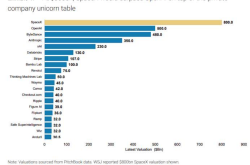Exploring Huawei WATCH 5's AI Capabilities: A Breakthrough with HarmonyOS and Xuanji
![]() 06/13 2025
06/13 2025
![]() 659
659
On June 5, 2025, Huawei convened a media event in Shenzhen dedicated to smart wearable technology, with Lei Technology in attendance. During the event, Huawei unveiled its latest advancements in wearable technology, showcasing the Huawei WATCH 5, the pioneering smartwatch integrated with HarmonyOS AI.
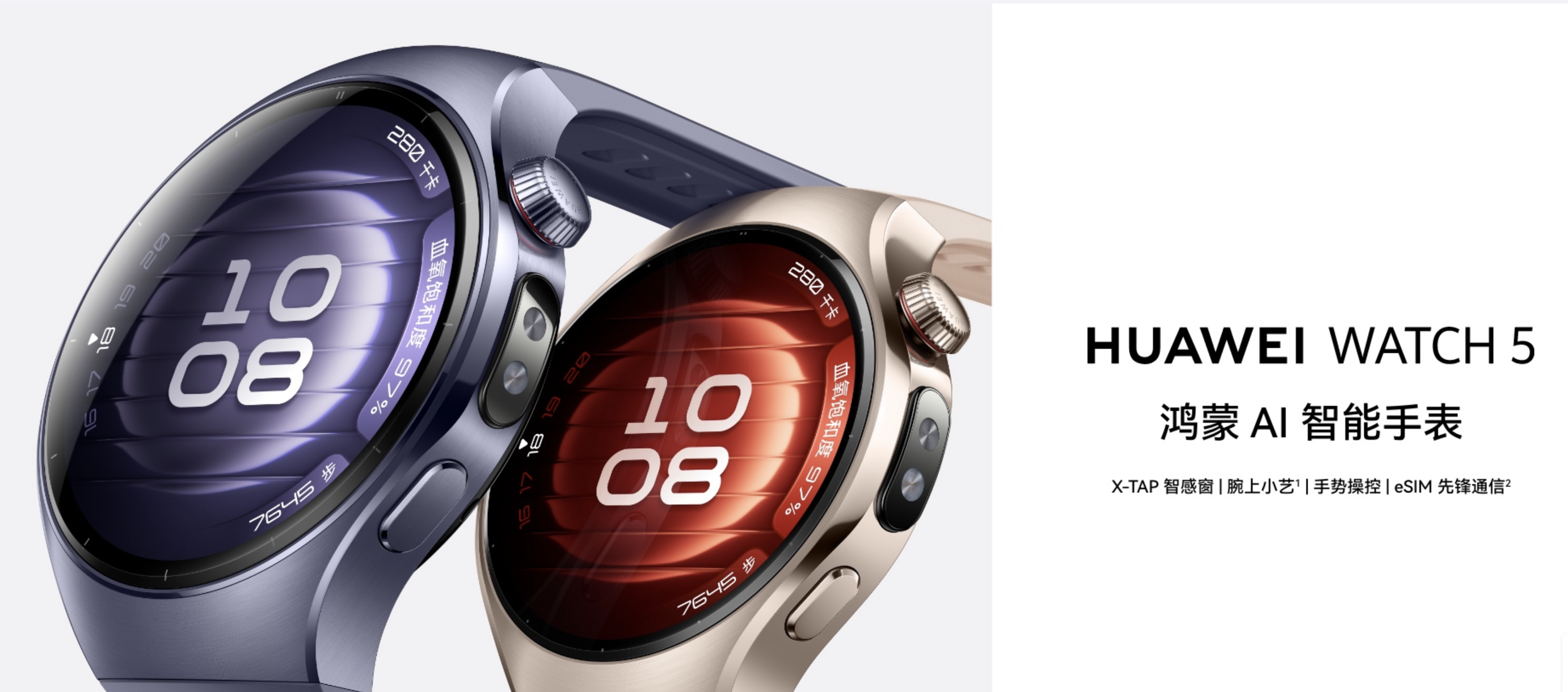
(Image source: Huawei Official)
Coinciding with the 10th anniversary of Huawei's wearable business, the launch of Huawei WATCH 5 marks the dawn of a new era in wearables—the "AI Wearable Era." Lei Technology has conducted an in-depth review of this groundbreaking device. You can find it on all platforms. Now, let's delve into the myriad of new technologies embedded within Huawei WATCH 5, as shared by Huawei engineers.
The Potency of the First HarmonyOS AI Watch
Starting with the AI aspect that piques everyone's curiosity, Huawei WATCH 5 doesn't merely incorporate the DeepSeek large model like other smartwatches on the market; instead, it integrates Huawei's proprietary Pangu large model.
Huawei's reasoning behind this choice surprised Lei Technology. While the DeepSeek model is highly functional, meeting users' needs in terms of processing speed and results, it has a notable flaw: its overly detailed thought process significantly extends the time required to reach conclusions. For simple reasoning tasks, this delay is unnecessarily long, even compared to other AIs.
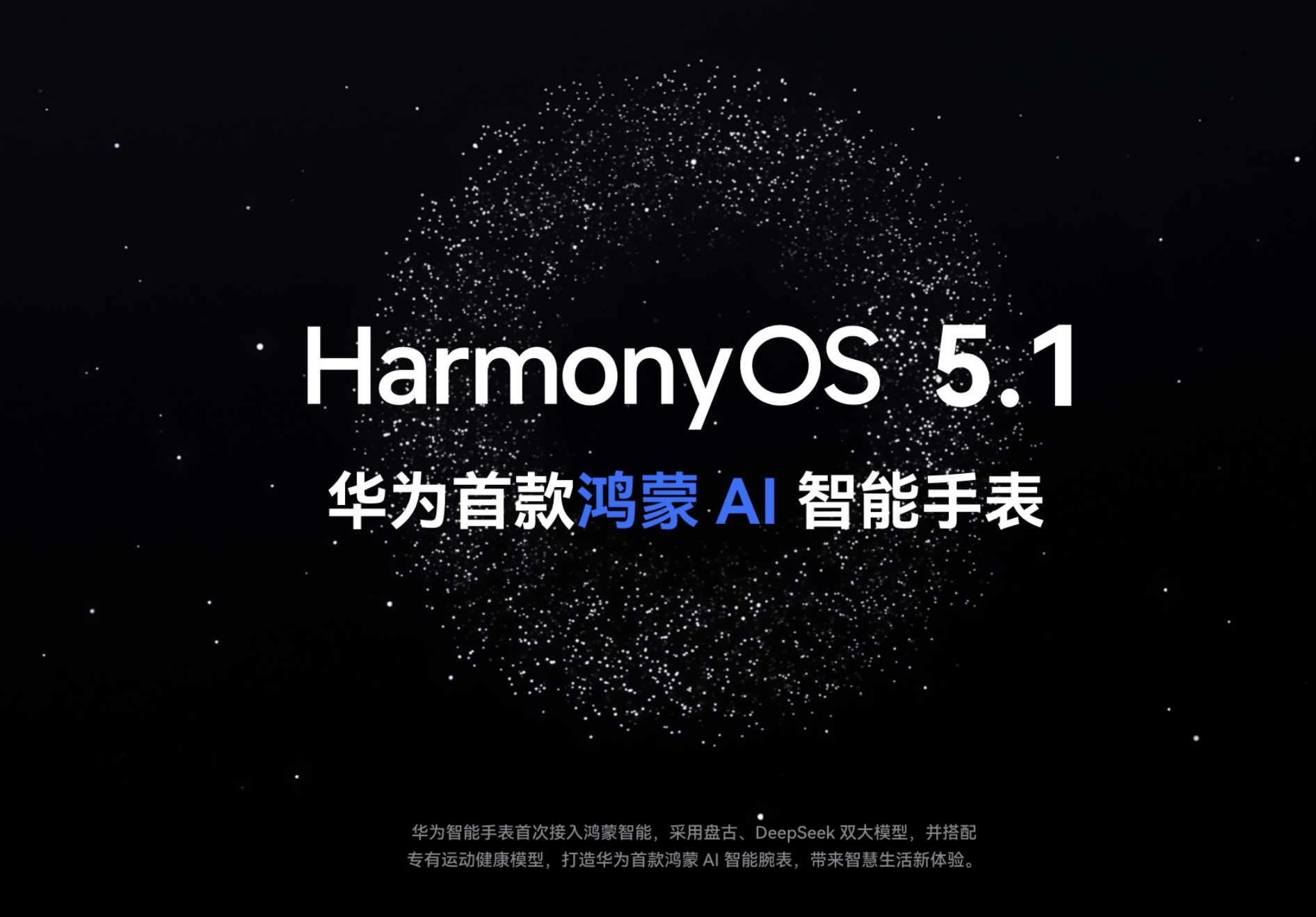
(Image source: Huawei Official)
Enter Huawei's Pangu large model. When the system detects a straightforward user query, it invokes the Pangu model to respond. This model avoids lengthy thought chains, providing answers in one or two sentences whenever possible.
AI applications on watches differ from those on phones and computers. Users typically don't expect complex reasoning from watches; rather, they serve as life assistants, aligning with Huawei's vision for wearable devices.
Regarding AI functionalities on Huawei WATCH 5, the new AI assistant XiaoYi stands out. It boasts significant improvements across three dimensions. First, it boasts a faster processing speed, enabling users to voice control XiaoYi for tasks like "remind me to leave in half an hour" or "how much calorie deficit do I have today," all in one step—a feat unmatched by other smartwatches.
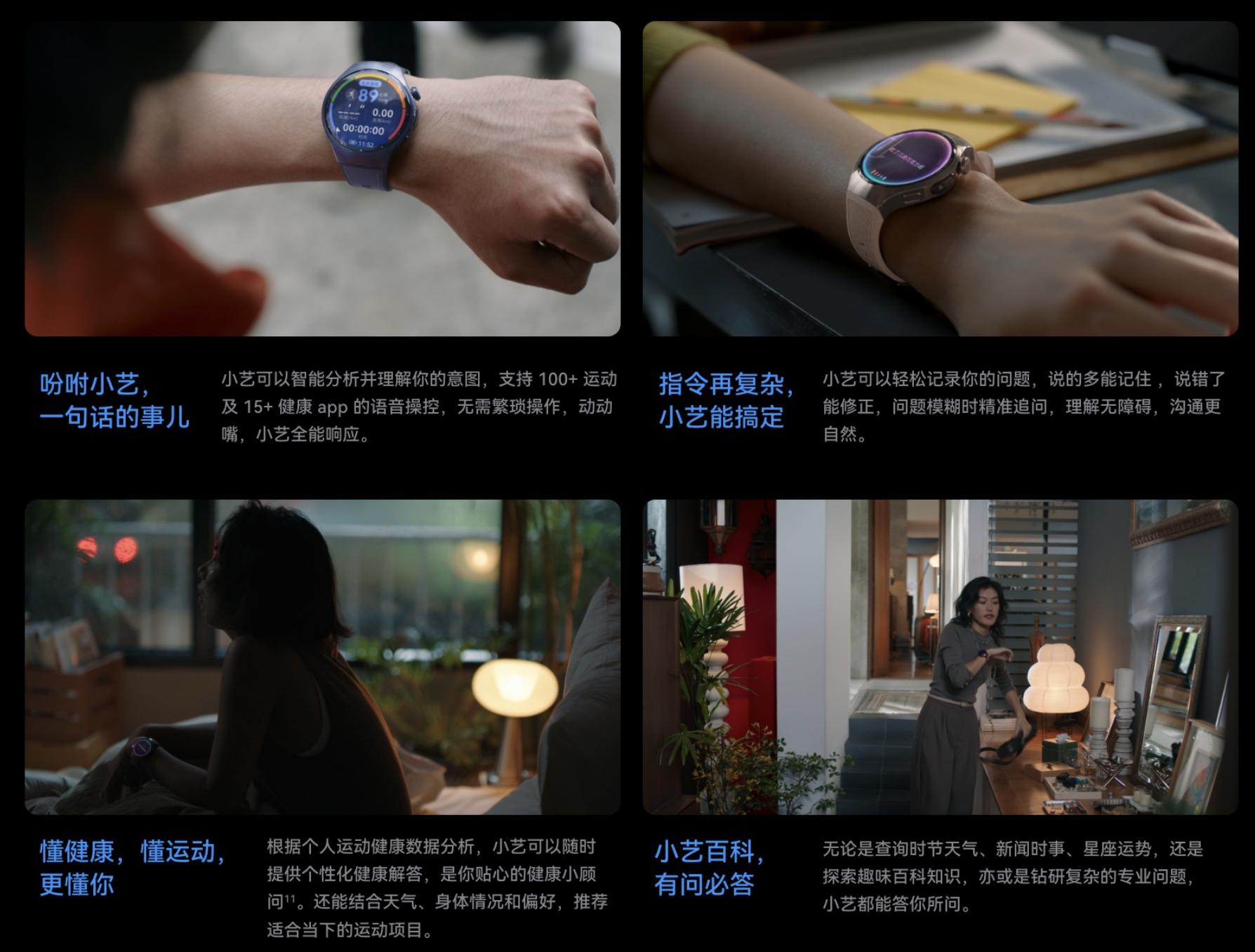
(Image source: Huawei Official)
Second, XiaoYi now possesses the ability to reason with ambiguous intentions. Previously, asking XiaoYi "What's the weather like tomorrow?" would trigger a mechanical response from the weather app. Now, XiaoYi can analyze previous user interactions to anticipate follow-up questions like "What should I wear?", "Do I need to bring an umbrella?", or "Is it suitable to go out and play?", and provide tailored suggestions, truly functioning as a wrist-worn assistant.
Thirdly, and most notably, XiaoYi now supports exclusive sports and health Q&A. By analyzing the user's recent physiological data, it offers personalized health insights and improvement suggestions, surpassing some fitness coaches in professionalism.
This robust AI processing capability is underpinned by Huawei WATCH 5's powerful NPU and dual-core computing power. It efficiently handles real-time tasks, supports gesture recognition, sports data analysis, and the aforementioned AI voice assistant. Crucially, it also supports 5G networks.
Yes, you heard that right. Huawei WATCH 5 supports 5G eSIM functionality, ensuring seamless user experience even when disconnected from a phone. This is ideal for runners who prefer to leave their phones behind, as they can complete most tasks using just the watch.

(Image source: Huawei Official)
More importantly, the launch of Huawei WATCH 5 signifies HarmonyOS's seamless integration across various devices—watches, phones, cars, headphones, and smart homes. It intelligently controls these devices, offering vehicle-finding, window control, car lock management, trunk opening, air conditioning control, and more, all from the wrist, truly embedding AI into every conceivable scenario.
AI Elevates Sports and Health Monitoring
Last year, Huawei introduced the Xuanji Perception System. Essentially, it's a comprehensive information platform built on Huawei's wearable devices (smartwatches, smart bracelets, etc.).
While current smartwatches/bracelets are equipped with high-precision sensors, they mostly limit themselves to step count, heart rate, and sleep monitoring, underutilizing their potential. The market lacks a platform that integrates multiple data sources to offer comprehensive health management solutions. Most wearable devices still focus on single data points, failing to meet users' demands for holistic health management.
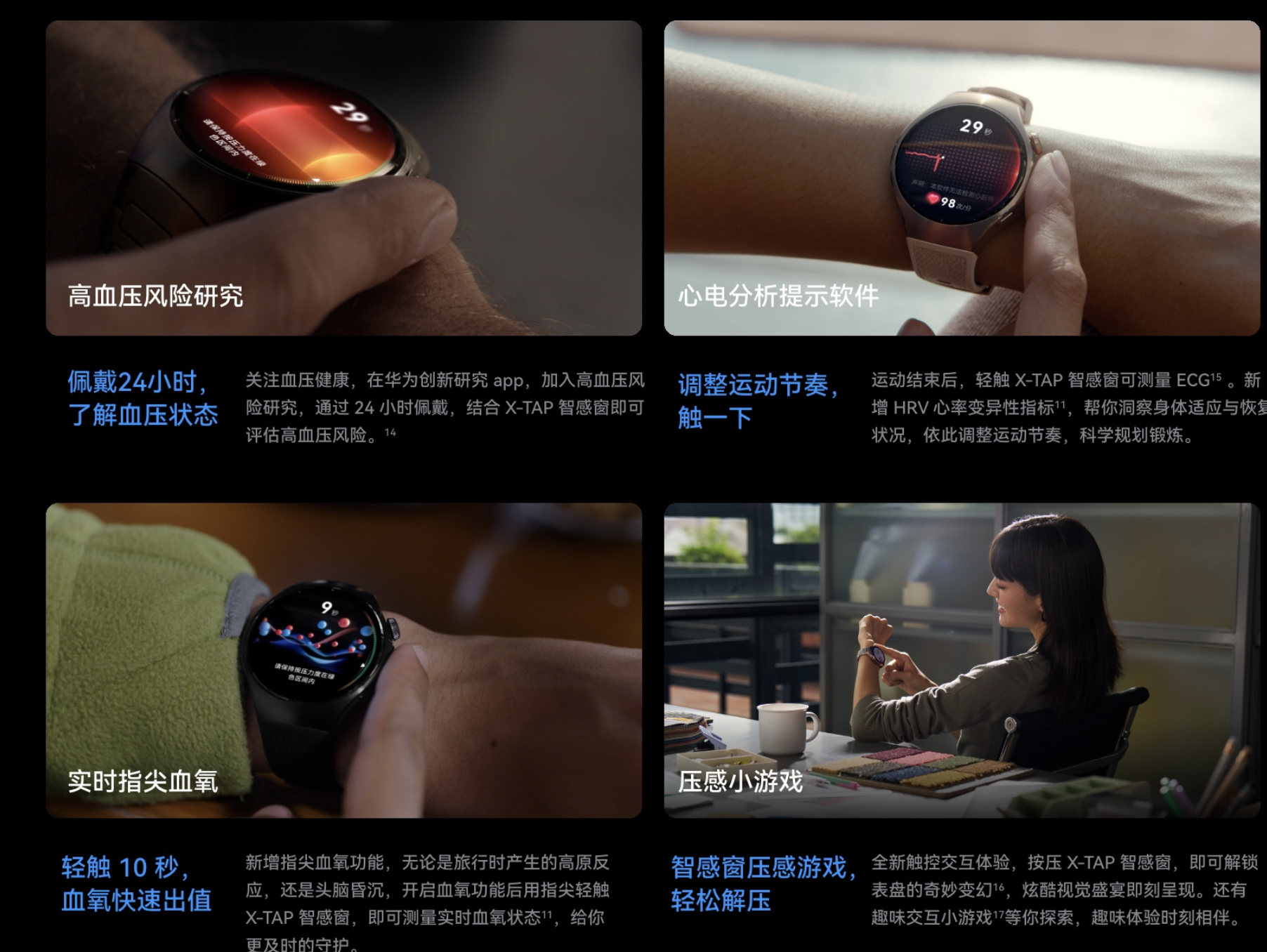
(Image source: Huawei Official)
The Xuanji Perception System aims to integrate various physiological data onto one platform, providing a comprehensive view of users' health. It rationalizes and "integrates" these sensors into a cohesive vital sign monitoring system.
According to official data, the Xuanji Perception System offers over 60 vital sign monitoring indicators across the circulatory, respiratory, nervous, endocrine, reproductive, and motor systems. Users can utilize these indicators to gain deeper insights into their physical condition and exercise effects. For instance, for middle-aged and elderly individuals with health concerns, the Xuanji Perception System integrated into Huawei WATCH 5 can analyze heart rate, respiration, and even steps to provide early stroke risk warnings.
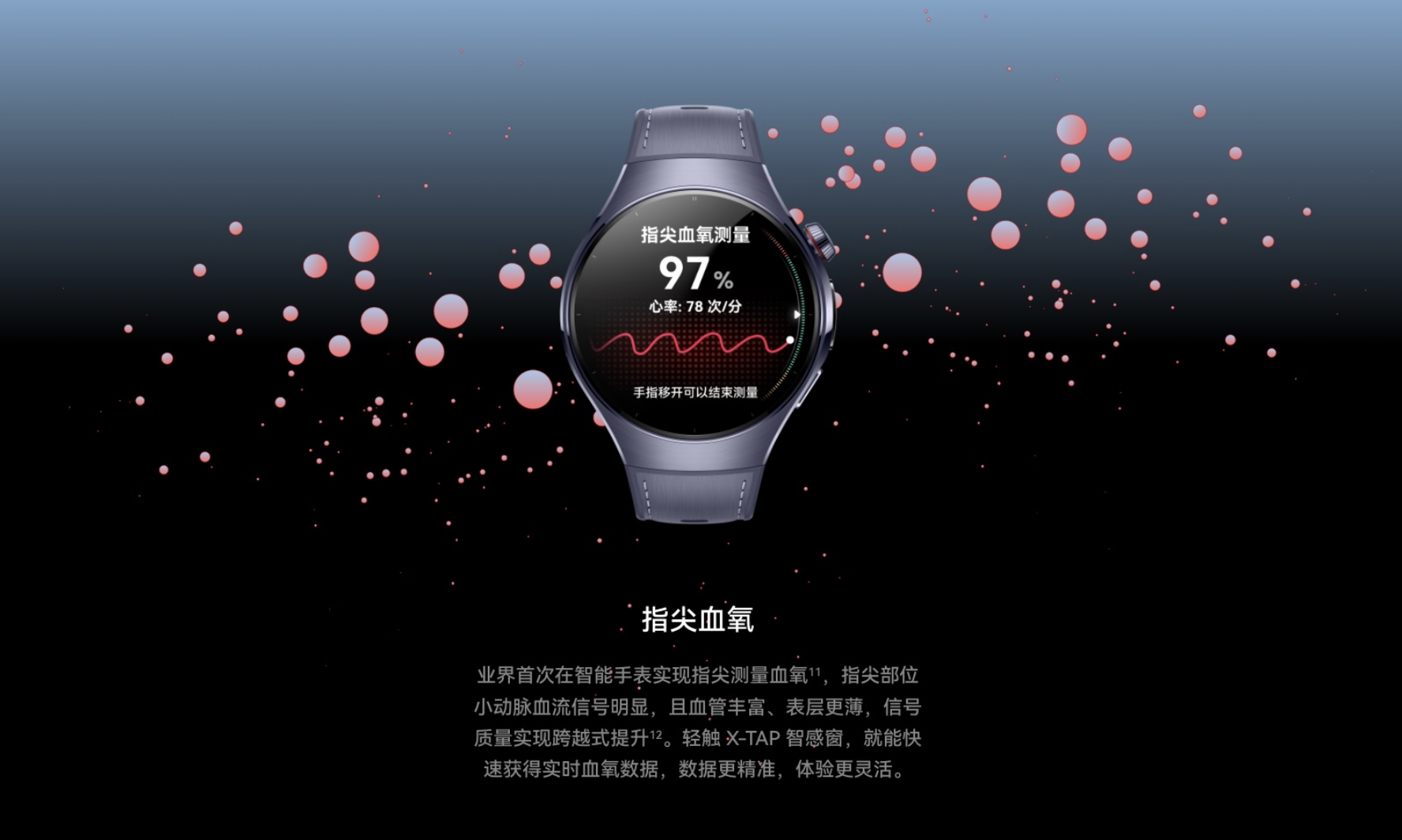
(Image source: Huawei Official)
The Revolutionary "Smart Sense Window" Redefines Health Monitoring
Huawei WATCH 5 introduces the "X-TAP Smart Sense Window," a feature built on years of technological expertise. It integrates ECG electrocardiography, PPG optical heart rate, and tactile sensing technologies. Users simply place their fingers on this area for three seconds to activate health monitoring, receiving a report with nine core indicators—including heart rate variability, arterial stiffness, stress index, skin temperature, and respiratory health—in just 60 seconds.
This is possible due to Huawei's extensive monitoring data and innovative integrated sensors. The ECG electrode captures electrocardiographic signals, the PPG optical sensor monitors blood flow changes, and the 10-level pressure sensing module recognizes differences in pressing force. A light touch with fingertips minimizes interference from wrist hair/skin color, achieving blood oxygen detection accuracy of ±1%.
Beyond health monitoring, the X-TAP Smart Sense Window also innovates in interaction, featuring pressure-sensitive keyboards, gesture control, and pressure-sensitive games. Lei Technology has detailed these features in previous reviews, so we won't delve further here.
While smart wearable devices have reached a functional bottleneck, most are still nascent in health monitoring. Compared to professional medical instruments, smart wearables might seem insignificant, but they provide real-time physiological data crucial for precise management and decision-making. For chronic disease research, wearables offer long-term health indicators and can even issue health warnings and intervention reminders before "lifestyle diseases" are formally diagnosed, truly enabling "early detection and intervention."
The smart wearable market should have transitioned from hardware upgrades to functional deepening and application expansion long ago. With in-depth data analysis and personalized services, future smart wearables will transcend mere health data recorders, becoming "stewards" of users' comprehensive health management. Supported by AI, these devices will directly offer concise health advice, aid in preventive measures, and thus achieve the goal of "proactive health management."
Lei Technology foresees that all smart wearable devices will evolve in this direction, with Huawei poised to lead the field for years to come.

